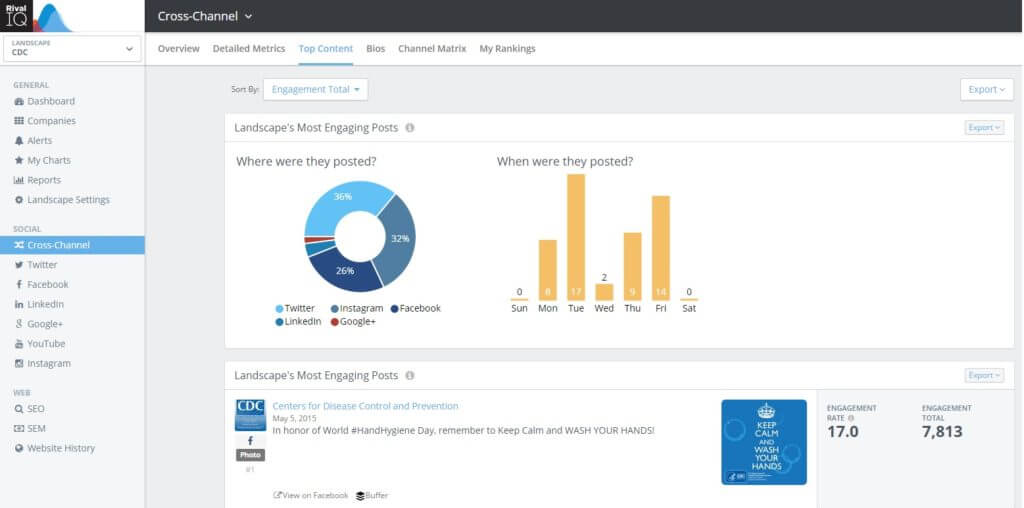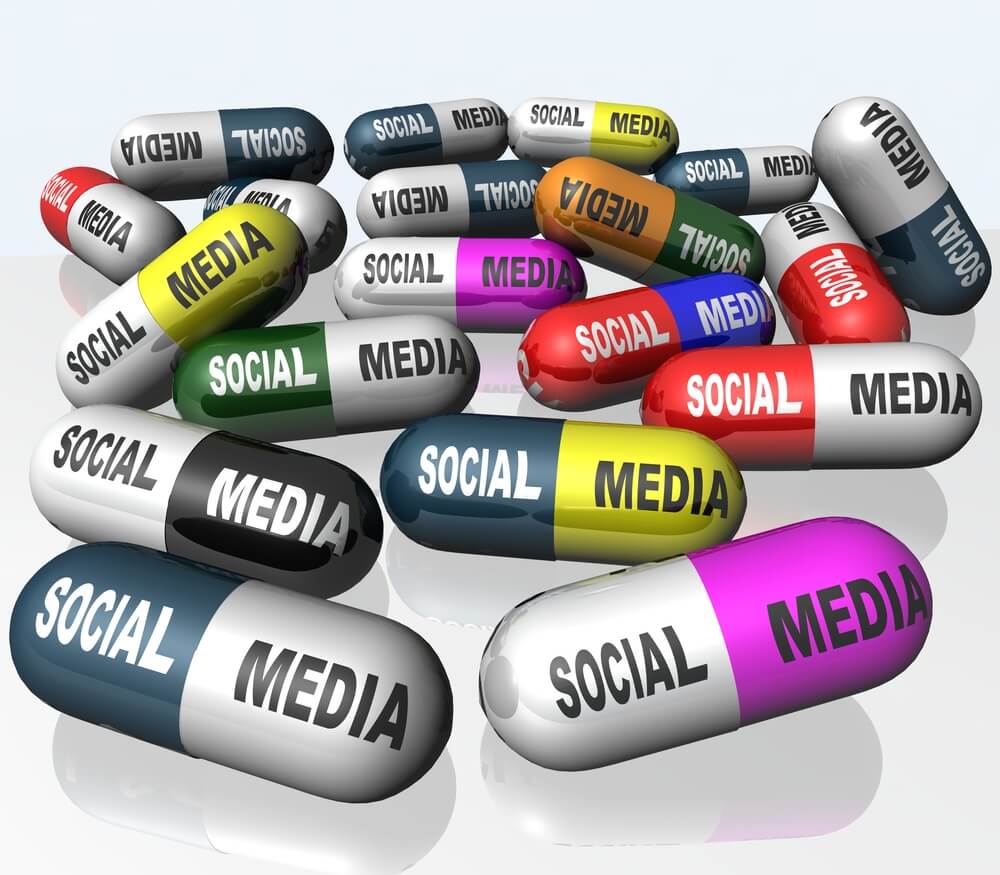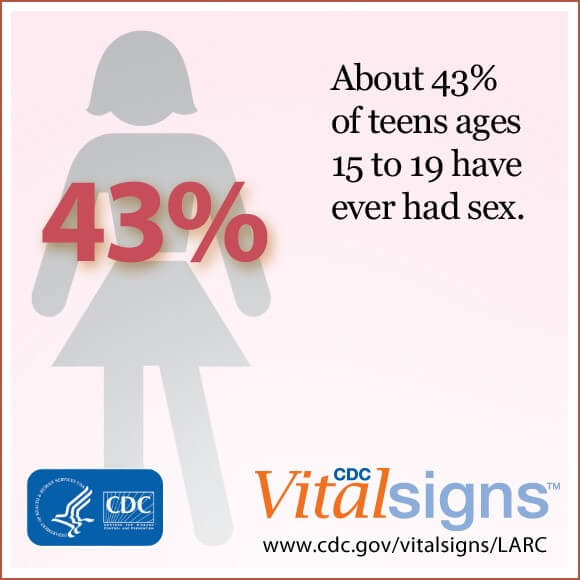Did you know that the Centers for Disease Control and Prevention (CDC) has a tagline? It’s “CDC 24/7: Saving Lives, Protecting People.” That’s a pretty serious mission – one that relies heavily on effective dissemination of health information, both on a regular and an emergency basis. So it’s no wonder that the CDC has invested resources in developing a social media strategy that is both broad and deep. They are everywhere from Instagram to Twitter, and are using tools such as podcasts, widgets, and even eCards to build social media connections with their community.
While healthcare is not always on the cutting edge of new applications or Internet technologies, when it comes to social media, the CDC is ahead of the game. In fact, a review of their social media guidelines reveals the thought the CDC puts into accomplishing their mission via digital marketing.
Whether tackling Facebook, Twitter, Blogs, or other channels, the CDC’s approach can be boiled down into 5 broad steps. I’d call this social media medicine we could all take!
5 Steps to Social Media Connections
Step #1: Study
Before launching into a particular social media channel, the CDC recommends taking time to not only study that channel, but to study what other organizations similar to yours are doing in that space. Sounds a little bit like competitive analysis, no? (We have a tool for that!)
Observation and analysis before launch allows you to get a handle on a number of different things:
- How does the site work?
- Who are the participants?
- What is the culture of the site?
- Who are the influencers that you will want to connect with?
Step #2: Plan
Once you have a grasp of the channel, the CDC recommends a second preliminary step. Develop a communications strategy before jumping in.
Ask yourself:
- If your organization already has a communication plan, does using a particular social media site or sites sync with that plan?
- Do you have clear objectives for the use of this channel?
- How do you plan to measure the accomplishment of those objectives? (Love this – all about data!)
And perhaps most importantly, don’t just post for the sake of posting. Have a plan and a schedule for your content. Create a content calendar to keep track of topics and dates. This is something the CDC does extremely well, particularly via their Vital Signs campaigns. These cover a different health topic every month, which keeps them on message, across channels.
Step #3: Engage
If you planned your work in Step #2 above, then Step #3 is where it gets fun. It’s time to work your plan.
Engagement via social media is four-fold:
- Posting original and/or syndicated content for your followers.
- Sharing and retweeting content from partners and key influencers.
- Promoting your site off-channel or cross-channel to build a following.
- Participating in the conversation – don’t just broadcast your message. Engage!
Step #4: Evaluate
Finally, when all is said and done, you don’t want to guess about what impact your social media efforts are producing.
Before you even start (Step #2, if you’re counting), it’s good to have already given thought to the metrics you will be using to evaluate your success. Then, once you’ve launched, start to take stock.
There are many things to measure and many ways, depending on what is most important to you. Some of these may include:
- Number of fans, followers, or website visits
- Demographic reach
- Engagement with your content (e.g. click-throughs, likes, retweets, pingbacks, etc…)
Analytics can be performed using site-specific tools, such as Facebook Insights; free web tools, such as Google Analytics; and methods such as surveys to assess user satisfaction. And (if we didn’t mention this before), we also have a tool for that!
Step #5: Integrate
I call this the anatomical approach to social media campaigns. The cells in our body are differentiated for a variety of purposes. They grow into diverse organs and systems with distinct functions. Yet different as they are, they ultimately work in sync to produce a greater whole – a unified, living being.
Social media channels did not evolve to work together, but taking that view can be a boon to your marketing efforts.
This is the secret sauce to the CDC’s social media management – Integration. As mentioned above, they are on a number of social media channels (Twitter, Facebook, Instagram, Linkedin, etc…), and using multiple avenues to disseminate their content (YouTube, podcasts, widgets, badges, eCards, and more). And while they clearly have the resources to manage such a broad communications plan, they do not tackle each channel separately.
They study each channel to understand how it works (Step #1), but when they put together their communications plan (Step #2), their strategy involves cross-promotion and integration of content.
In this way, they are able to reach the diverse audiences in a way that is personal (on the sites where those audiences spend their time), while reinforcing their health message across all channels.

As you can see in this Rival IQ report, the CDC gets strong engagement across Twitter, Instagram, Facebook, LinkedIn & Google+. Not easy!
Some ways this may work include:
- Content syndication – so that partners and subscribers get timely and consistent updates when you publish.
- Cross-channel promotion, such as tweeting about (and linking to) your latest blog post, or utilizing an SMS campaign to point subscribers to your latest YouTube video.
- Ensuring all of your content is easily shareable so that your followers are empowered to promote your content for you.
Time for You to do a Social Media Health Check!
It’s no wonder the CDC achieves social media connections extremely well. Their purpose for being is the health and well-being of the nation, so an integrated (or anatomical) approach to social media could just be a part of their paradigm.
While this approach may seem like a no-brainer for your businesses as well, many companies often miss the mark. A recent Rival IQ RRI on High-end Department Stores revealed little to no cross-channel consistency in content or branding. This is a good time for you to step back and see how you’re doing across these five areas.
Take a cue (or a pill!) from the CDC to get your social media strategy in top shape!




